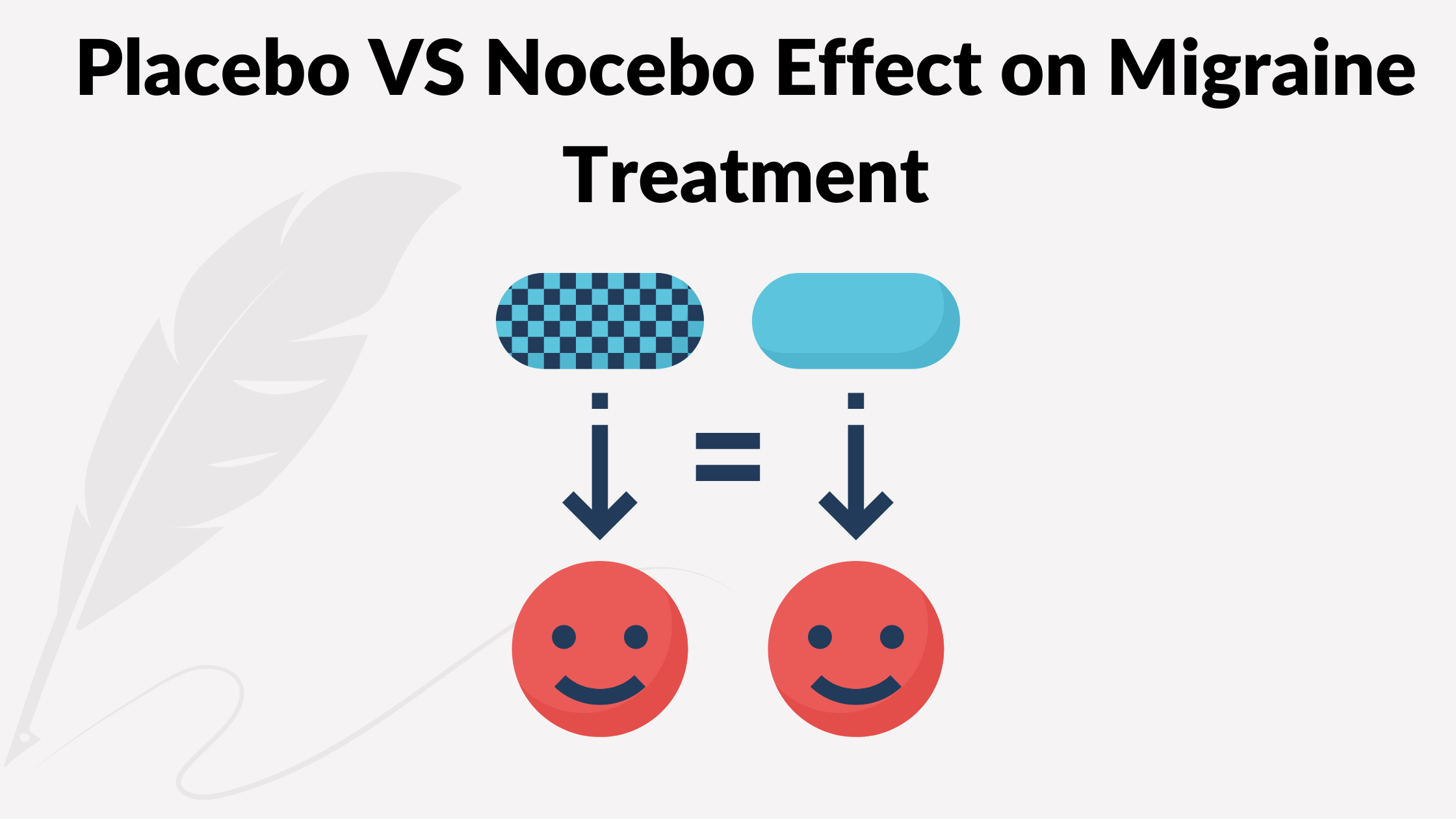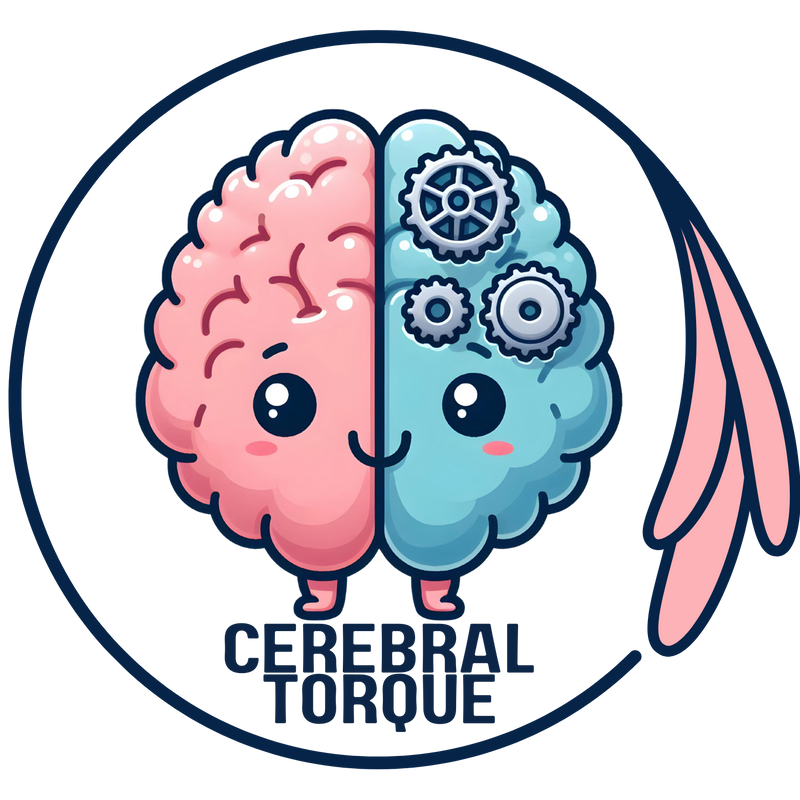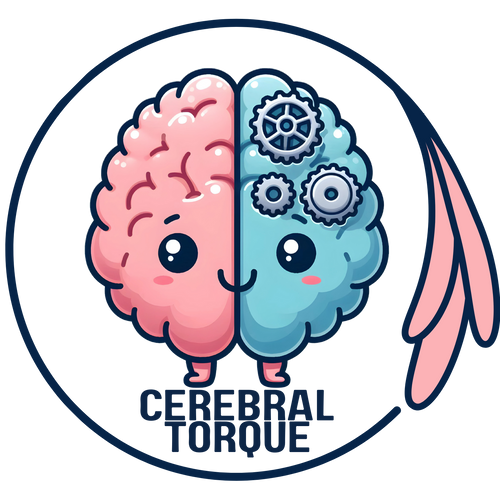Placebo vs Nocebo Effect on Migraine Treatment
Posted on December 09 2023,

| Category | Placebo Effect | Nocebo Effect |
|---|---|---|
| Definition | An inactive treatment that leads to improvement in migraine due to positive patient expectations. | A treatment (inactive or active) that leads to worsening of migraine or the presence of adverse effects due to negative patient expectations. |
| Incidence in clinical trials | Up to 32.4% for acute treatments Up to 30.4% for preventives |
Up to 18.4% for acute treatments Up to 47% for preventives |
| Enhancing Factors | Positive doctor-patient relationship, parenteral route (especially surgery), specific drug mechanisms, branding/marketing, prior positive experiences. | Psychiatric comorbidities, chronic migraine, prior treatment failures, generic medications, observation of side effects in others. |
| Psychological Basis | Expectation of benefit, motivation, and reward circuits. | Expectation of harm, fear, and avoidance circuits. |
| Physiological Basis | Activation of descending pain pathways and dopamine reward circuits in the brain. | Increased activity in brain regions processing fear, anxiety and pain sensations. |
| Clinical Importance | Maximizing placebo can improve patient outcomes and treatment effectiveness. | Minimizing nocebo can improve patient outcomes and treatment compliance. |
| Modifiability | Can be enhanced through empathy, reassurance, positive framing by healthcare providers. | Can be minimized through empathy, reassurance about side effects, careful adverse event reporting. |
Fri, May 09, 25
Anatomical and Functional Consequences of Chronic Migraine
Key findings from current research on how chronic migraine affects brain structure and function, recent neuroimaging advances, and associated comorbidities.
Read MoreComplete Guide to Neuromodulation Devices for Migraine Treatment (2025)
Compare 10 FDA-cleared neuromodulation devices for migraine treatment: Cefaly, Headaterm, gammaCore, Nerivio, Relivion, sTMS, and more. Evidence-based comparison of non-invasive and invasive options for both acute relief and prevention. Detailed...
Read MoreWed, May 07, 25
Subclinical Hypothyroidism and Migraine: Treatment Shows Decrease in Migraine Frequency and Severity
Discover how treating subclinical hypothyroidism with low-dose levothyroxine may reduce migraine frequency by 28%. Learn about TSH levels, treatment guidelines, and when intervention is recommended.
Read More

